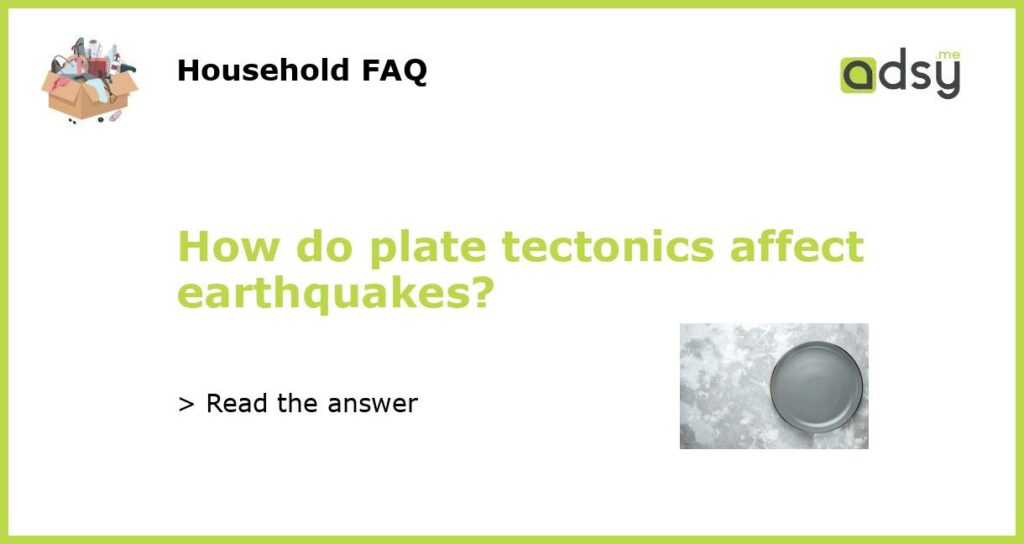The Connection Between Plate Tectonics and Earthquakes
Plate tectonics, the theory that explains the movement of the Earth’s lithosphere, plays a crucial role in the occurrence of earthquakes. The Earth’s lithosphere consists of several large and small plates that float on the semi-fluid asthenosphere underneath. These plates interact with each other, resulting in various geological phenomena, including earthquakes. Understanding the connection between plate tectonics and earthquakes is key to comprehending the occurrence and distribution of seismic activity around the world.
Convergent Boundaries: Colliding Plates
At convergent boundaries, two plates collide with each other. This collision occurs due to the movement of the Earth’s lithosphere. When two plates converge, one can be thrust beneath the other (subduction) or both can crumple and form mountain ranges. These intense interactions and plate movements lead to the generation of seismic energy, causing earthquakes. Examples of convergent boundaries include the subduction zones in the Pacific Ring of Fire, such as the Cascadia Subduction Zone and the Chilean Trench.
Divergent Boundaries: Moving Apart
Divergent plate boundaries are characterized by plates moving away from each other. This movement creates a gap, leading to the upwelling of molten material from below the Earth’s surface. As this material cools and solidifies, it forms new crust, contributing to the widening of the gap between the plates. Earthquakes are common along these boundaries due to the stretching and fracturing of the lithosphere. The Mid-Atlantic Ridge and the East African Rift Zone are examples of divergent boundaries where earthquakes occur as a result of plate movement.
Transform Boundaries: Sliding Past Each Other
Transform boundaries involve plates sliding horizontally past each other. This movement occurs without any significant convergence or divergence. The infamous San Andreas Fault in California, USA, is a classic example of a transform boundary. The interaction between the Pacific Plate and the North American Plate at this boundary leads to a buildup of stress over time. When this stress is released through sudden slippage, earthquakes are generated. Transform boundaries are known for producing some of the most powerful earthquakes in history.
The Role of Plate Tectonics in Predicting Earthquakes
Understanding the connection between plate tectonics and earthquakes has significantly contributed to the field of earthquake prediction. By studying the movement and interactions of tectonic plates, scientists can identify areas with higher earthquake risks. For example, the Pacific Ring of Fire exhibits intense seismic activity due to the convergence of several tectonic plates. Along with other factors, such as historical earthquake data and geological observations, plate tectonics helps in forecasting the likelihood and potential impact of future earthquakes.






